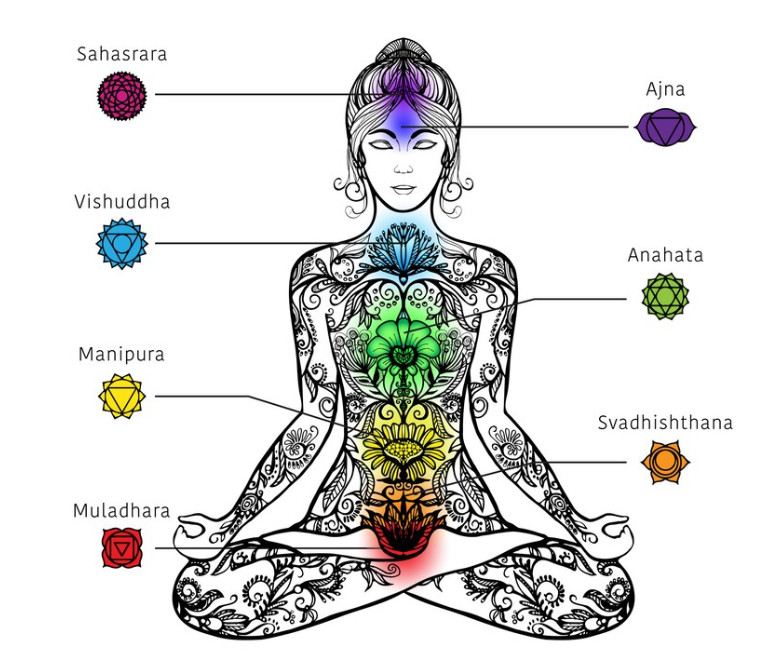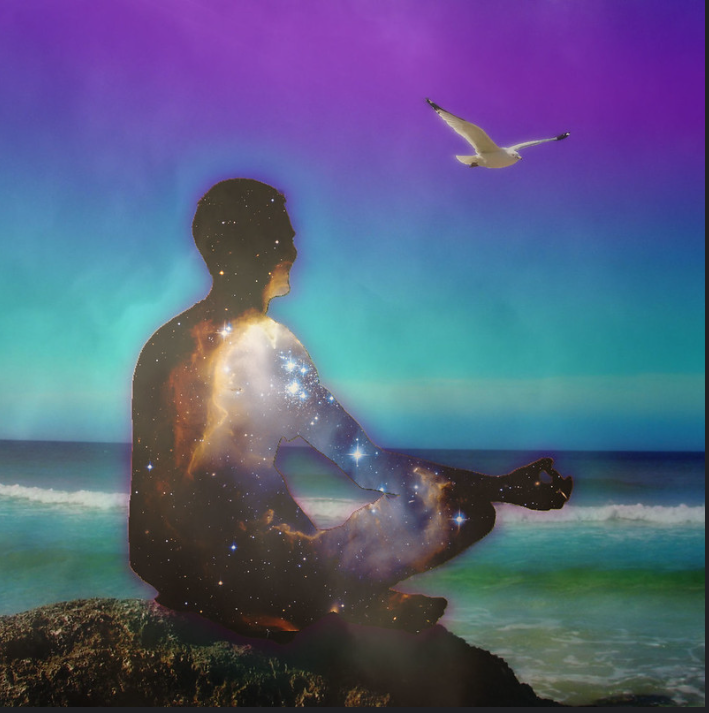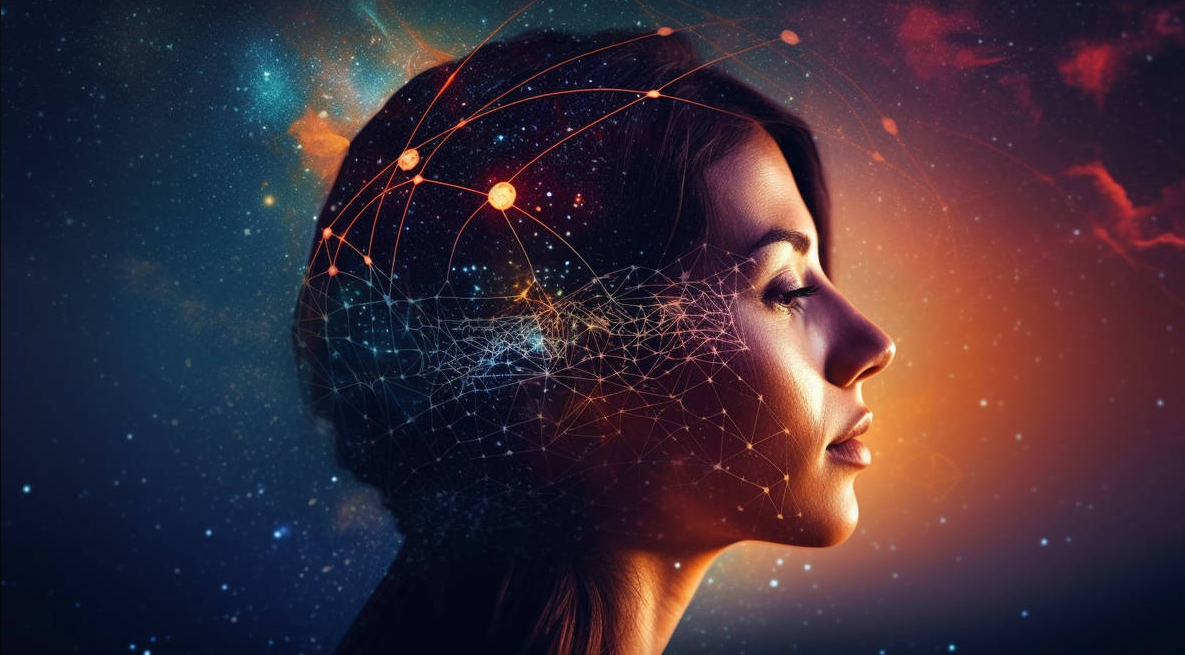Introduction
Have you ever heard the word “chakra” and wondered what it means? The term “chakra” comes from Sanskrit, an ancient Indian language, and it translates to “wheel.” Think of chakras as spinning wheels of energy in your body. These energy centers are a big part of traditions like yoga, meditation, and spirituality. They help connect your physical body to your mind and spirit, creating balance and harmony.
The Energy Body and Chakras
Your body isn’t just made up of bones, muscles, and organs. There’s also an invisible energy layer called the “etheric body” that surrounds and flows through you. This energy layer is where chakras exist. Imagine them as glowing, spinning wheels that help keep you energized, healthy, and connected to your higher self. When your chakras are balanced, you feel good physically, emotionally, and spiritually.
The Seven Main Chakras
There are seven major chakras in your body, each located in a specific area. They have unique colors, functions, and roles in your overall well-being. Let’s break them down one by one:

1. The Root Chakra (Muladhara)
- Location: Base of the spine
- Color: Fiery orange-red
- Function: This chakra is all about stability, survival, and feeling grounded. It has four spokes, often symbolized by a cross, representing the balance of energy. When active, it glows with a fiery orange-red hue, connecting to the vitality from the Spleen Chakra.
- Why it matters: A balanced Root Chakra helps you feel secure and connected to the physical world.
2. The Spleen Chakra (Svadhishthana)
- Location: Near the spleen
- Color: Radiant and sunlike, with six vibrant colors (red, orange, yellow, green, blue, and violet)
- Function: This chakra processes and distributes energy from the sun. It has six petals, each representing a different type of vital force.
- Why it matters: It keeps you energized and helps you adapt to life’s changes.
3. The Navel Chakra (Manipura)
- Location: Navel or solar plexus
- Color: A blend of red and green
- Function: With ten spokes, this chakra is tied to emotions, personal power, and self-confidence.
- Why it matters: A balanced Navel Chakra helps you feel strong, motivated, and in control of your life.
4. The Heart Chakra (Anahata)
- Location: Center of the chest
- Color: Glowing golden
- Function: This chakra has twelve spokes and is the center of love, compassion, and emotional balance.
- Why it matters: A balanced Heart Chakra allows you to give and receive love freely, creating harmony in relationships.
5. The Throat Chakra (Vishuddha)
- Location: Throat
- Color: Silvery blue, like moonlight on water
- Function: With sixteen spokes, this chakra governs communication, self-expression, and truth.
- Why it matters: A balanced Throat Chakra helps you speak your truth clearly and confidently.
6. The Brow Chakra (Ajna)
- Location: Between the eyebrows
- Color: Rose and purplish-blue
- Function: Often called the “Third Eye,” this chakra has 96 subtle vibrations and is linked to intuition, perception, and higher consciousness.
- Why it matters: A balanced Brow Chakra enhances your intuition and helps you see beyond the physical world.
7. The Crown Chakra (Sahasrara)
- Location: Top of the head
- Color: Violet with golden-white hues
- Function: This chakra has 960 spokes and is the center of spiritual connection and enlightenment. It’s often depicted as a thousand-petaled lotus.
- Why it matters: When fully active, the Crown Chakra connects you to divine wisdom and universal energy, making you feel at one with the universe.
How Chakras Work Together
Chakras are like a bridge between your body, mind, and spirit. When they’re balanced, energy flows smoothly, and you feel healthy and harmonious. However, if a chakra is blocked or overactive, it can lead to physical or emotional imbalances. Practices like yoga, meditation, and breathing exercises can help keep your chakras in balance.
Historical and Cultural Significance
Chakras have been studied for thousands of years in ancient Indian traditions like yoga and tantra. They’re also mentioned in Sanskrit texts like the Upanishads and Puranas. Interestingly, European mystics like Johann Georg Gichtel also explored chakras, linking them to spiritual growth and self-realization. we will study more about chakras in our next posts.

